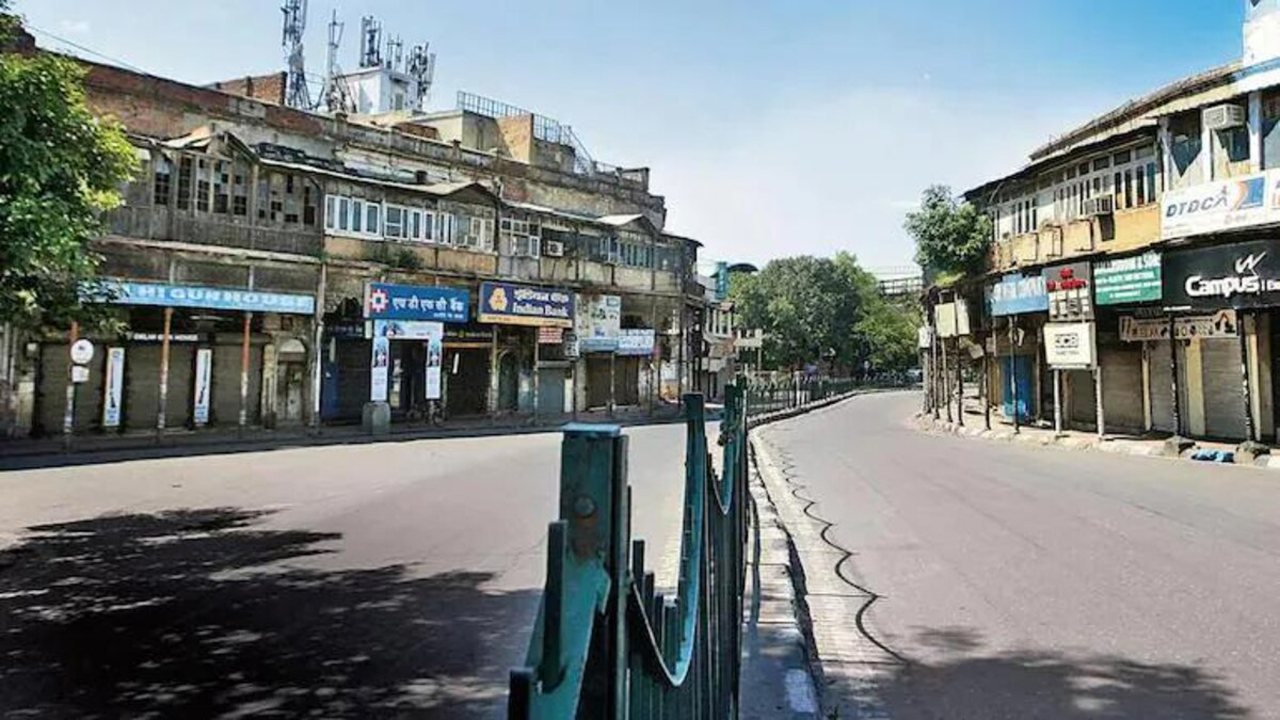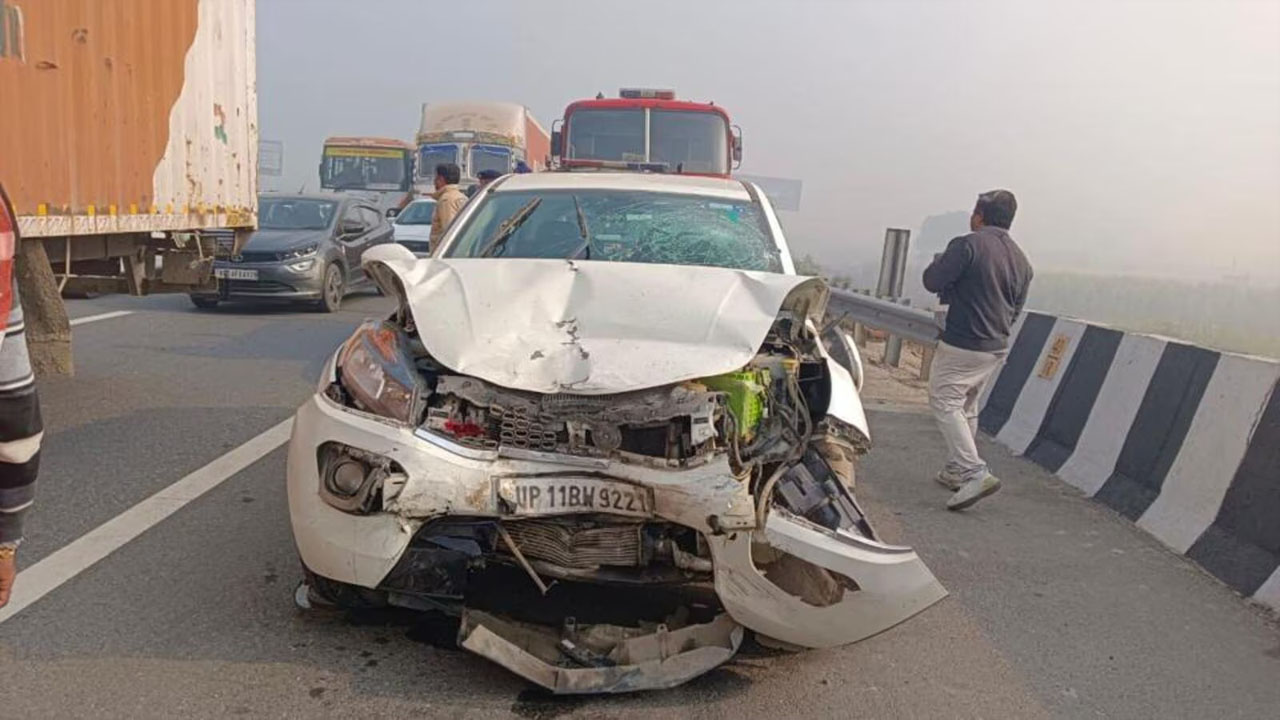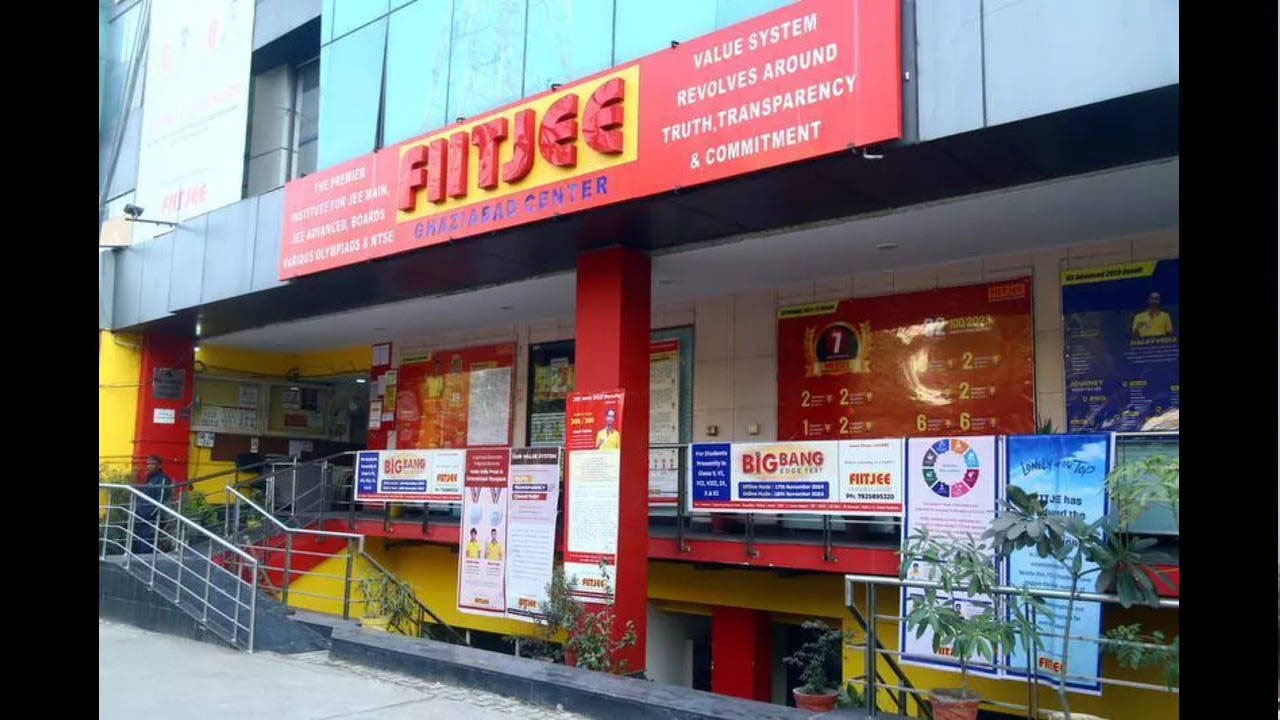New Delhi, India – A 4.0 magnitude earthquake struck Delhi and its surrounding areas early Monday morning, February 17, 2025, sending tremors across the national capital region (NCR). While no
All posts tagged in Ghaziabad
4Articles
Ghaziabad, Uttar Pradesh – A thick blanket of dense fog wreaked havoc on commuters in Ghaziabad early Wednesday morning, causing two major pile-ups involving approximately 50 vehicles on the Delhi-Meerut
New Delhi, January 24, 2025 – In a shocking turn of events, renowned coaching institute FIITJEE, known for its rigorous training for the Indian Institutes of Technology Joint Entrance Examination
Ghaziabad, India: In a disturbing incident highlighting the increasing sophistication of cybercrime, a software engineer in Ghaziabad has fallen victim to a meticulously planned scam. The victim, Gargi Gupta, was









